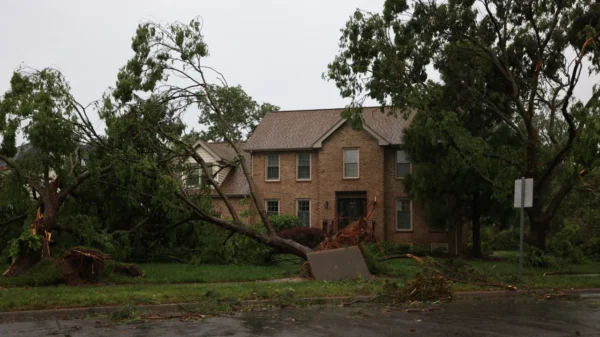Researchers interviewed participants about their demographics and medical history — asking them to self-classify their race as white or Black/African American. Blood pressure, ECG, blood, and urine samples were all collected at a home visit, and each participant was interviewed every six months during the follow-up period.
During the study, 1,615 CHD-related events were recorded, including 664 in the Black/African American group.
Unsurprisingly, LDL and triglycerides were linked with increased CHD in all participants.
More surprisingly, the researchers found that low HDL was associated with an increase in CHD in white participants but not in Black or African American participants. To put it simply, “low HDL-C (good cholesterol) levels are only bad for white adults, no risk prediction value in Black adults,” explained Dr. Pamir.
Dr. Ni commented that when comparing the two groups, “African Americans do not have a clear sweet spot for HDL cholesterol.”
He added that “given that African Americans have generally worse cardiovascular outcomes than white Americans, this suggests that other factors may have a greater influence on cardiovascular health, particularly in the presence of other medical conditions such as high blood pressure, diabetes, and obesity.”
Interestingly, the researchers also found that high HDL was not associated with a lower risk of CHD events in any participant group.
High HDL-C (clinically high) is not protective ( as thought since [the] 1970s starting with Framingham heart study) in both white and Black adults,” Dr. Pamir said.
Moving forward, we need to do a better job in building the risk algorithms. Further, those of us with high HDL-C maybe should not get a ‘pat in the back’ by their physician as high HDL-C contrary [to] what we were believing for >60 years might not be protective after all,” she explained.
This study is useful for understanding population based management of cardiovascular risk, but clinically, I suspect it will not influence the way I care for patients of African American descent. HDL is but one of multiple risk factors for cardiovascular disease, and treating the whole picture is often more beneficial.”
Dr. Ni
Noting that it is important to understand if other accepted risk factors for CHD are also affected by race in future research, Dr. Pamir concluded that risk factors can help inform the actionable guidelines and “guidelines and risk factors need to apply to everyone.”















































